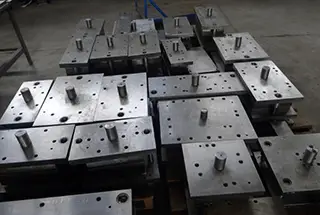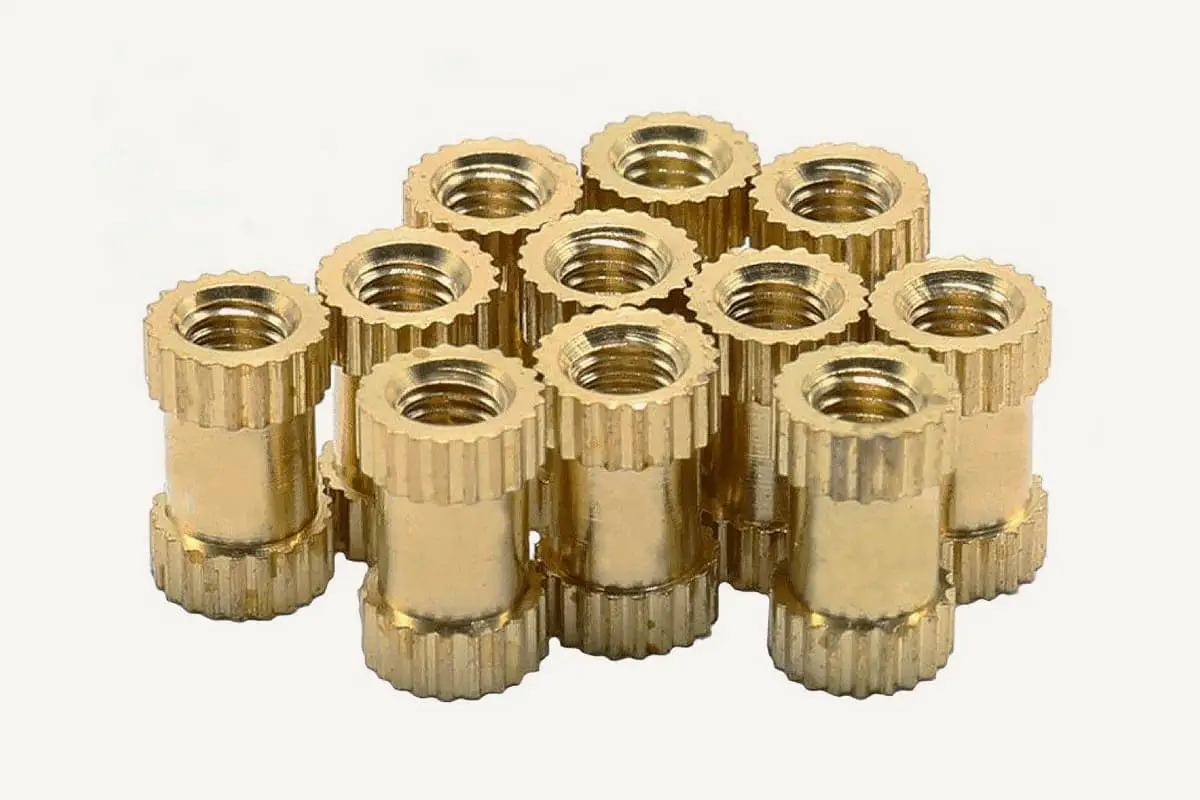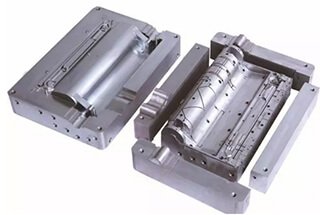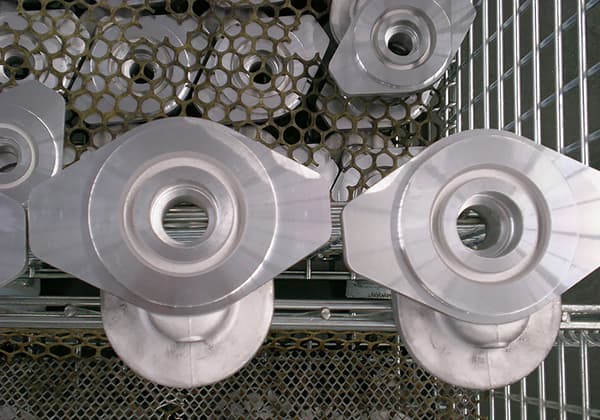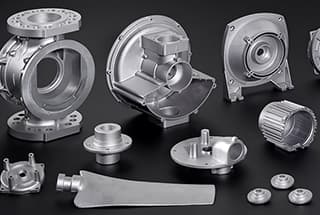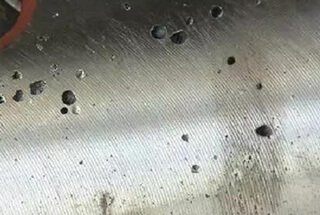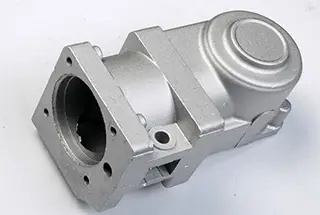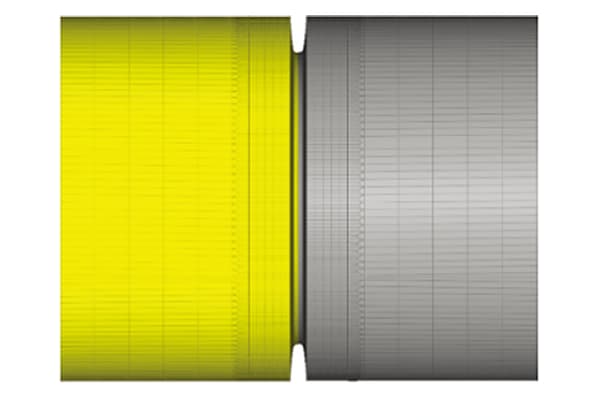
Why is preheating crucial in welding, and how does it affect the integrity of welded structures? This article provides a comprehensive preheating temperature table for various common welding materials, highlighting the importance of this step in preventing defects and ensuring strong welds. Dive in to understand how to apply the right preheating practices to enhance your welding projects, ensuring durability and quality.


Proper preheating and drying of welding materials are critical steps in ensuring high-quality welds and preventing defects such as hydrogen embrittlement and cracking. The following chart outlines the recommended drying temperatures and holding times for common welding materials:
| Type | Grade | Low-temperature steel welding rod. | Time (h) |
| Carbon steel and low alloy steel welding rod. | J422 | 150 | l |
| J426 | 300 | 1 | |
| J427 | 350 | 1 | |
| J502 | 150 | 1 | |
| J506 J507 | 350 | 1 | |
| J506RH J507RH | 350~430 | l | |
| J507MoW | 350 | 1 | |
| J557 | 350 | 1 | |
| J556RH | 400 | l | |
| J606 J607 | 350 | 1 | |
| J607RH | 350~430 | 1 | |
| J707 | 350 | 1 | |
| J707RH | 400 | 2 | |
| Low temperature steel welding rod. | W607 W707 | 350 | 1 |
| Molybdenum and chromoly heat-resistant steel welding rod | R207 R307 | 350 | l |
| R307H | 400 | 1 | |
| R317 R407 R507 | 350 | 1 | |
| Chromium-nickel stainless steel welding rod | A102 | 150 | 1 |
| A107 | 250 | 1 | |
| A132 | 150 | 1 | |
| A137 | 250 | 1 | |
| A202 | 150 | 1 | |
| A207 | 250 | l | |
| A002 A022 A212 A242 | 150 | 1 |
| Steel grade | Thickness (mm) | Preheating temperature, (℃) |
| 20G 20 20R 20g | 30~50 | ≥50 |
| >50~100 | ≥100 | |
| 100 | ≥150 | |
| 16MnD 09MnNiD16MnDR 09MnNiDR15MnNiDR | ≥30 | ≥50 |
| 16Mn 16MnR15MnVR 15MnNbR | 30~50 | ≥100 |
| >50 | ≥150 | |
| 20MnMo 20MnMoD 08MnNiCrMoVD | Any thickness | ≥100 |
| 07MnCrMoVR 07MnNiCrMoVDR | 16~30 | ≥60 |
| >30~40 | ≥80 | |
| >40~50 | ≥100 | |
| 13MnNiMoNbR | Any thickness | ≥150 |
| 18MnMoNbR | ≥180 | |
| 20MnMoNb | Any thickness | ≥200 |
| 12CrMo 15CrMo12CrMoG 15CrMoR15CrMoG | >10 | ≥150 |
| 12CrlMoV 12CrlMoVG 14CrlMoR 14CrlMo 12Cr2Mo 12Cr2M01 12Cr2MoG 12Cr2M01R | >6 | ≥200 |
| 1Cr5Mo | Any thickness | ≥250 |
It’s important to note that these are general guidelines, and specific manufacturers’ recommendations should always be followed. Factors such as electrode diameter, base material composition, and environmental conditions may necessitate adjustments to these parameters.
Implementing these preheating and drying practices can significantly improve weld quality, reduce the risk of defects, and enhance overall welding performance across various applications in metal fabrication and manufacturing industries.

